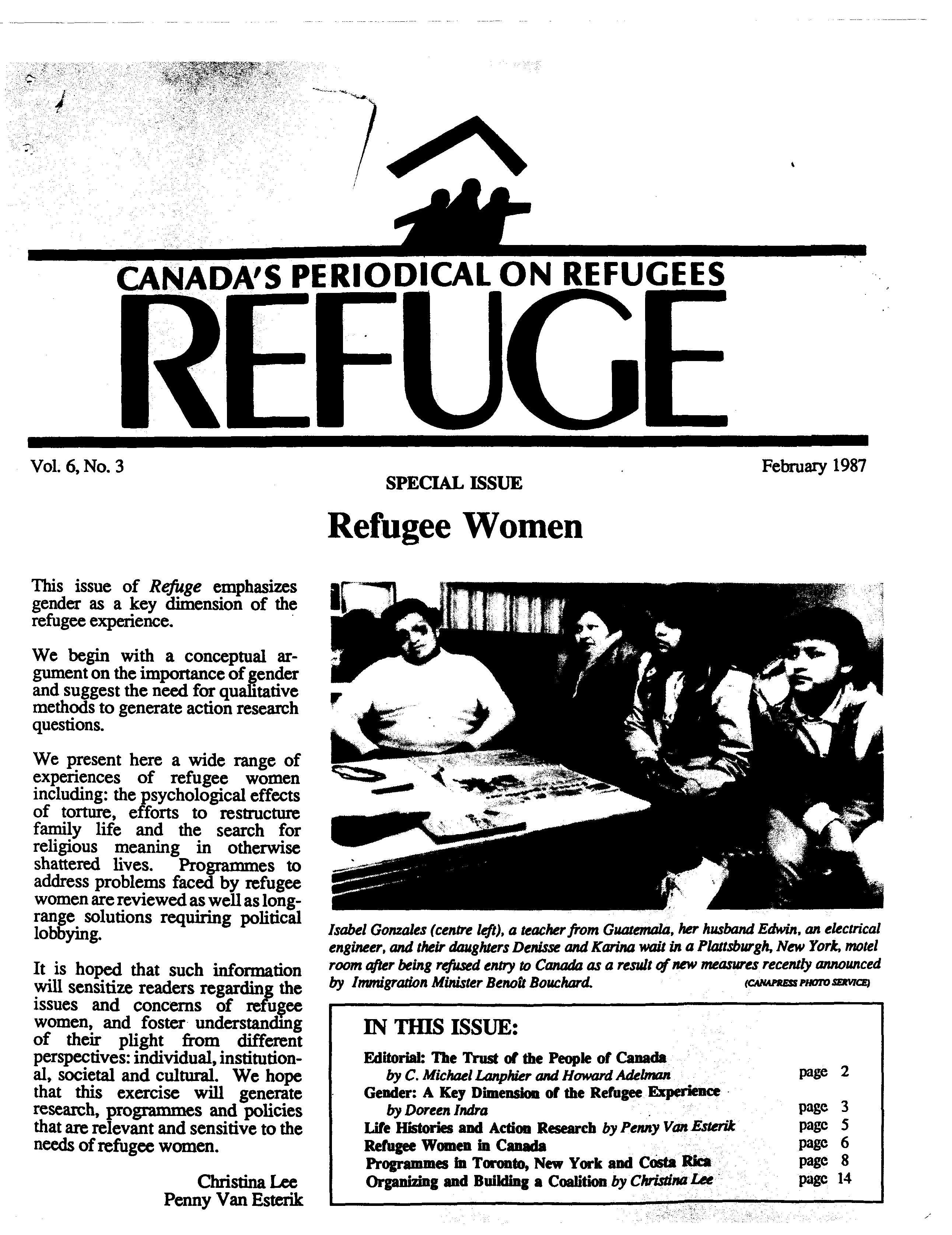Women and Religion: "Mennonite Hmong"
DOI :
https://doi.org/10.25071/1920-7336.41239Mots-clés :
Hmong, Laos, Kitchener-Waterloo, refugees, CIA, Lao womenRésumé
The Hmong of Laos, a traditionally animist and preliterate people, speak a Sino-Tibetan language and are culturally close to the Chinese. Due to their strategic location and scouting and fighting skills, the Hmong were singled out during the war in Indochina to collaborate with the CIA as front line guerrillas. The eventual assumption of power in 1975 in Laos of communist- backed Pathet Lao forces, resulted in increasing hardships and danger for those Hmong who had complied with the U.S. Army Special Forces. By 1980, more than 110,000 Hmong were forced to flee Thailand. Most Hmong from Thai refugee camps resettled in the U.S., France, Australia and Canada. The Mennonite Central Committee's (MCC) policy to aid sponsor cases like the preliterate and non- industrial Hmong resulted in a proportionately high influx of Hmong to Ontario; hence Kitchener-Waterloo (K-W) has been dubbed the "Hmong Capital" of Canada by immigration officials.
Statistiques
Téléchargements
Publié-e
Comment citer
Numéro
Rubrique
Licence
© Daphne Abergel 1987

Cette œuvre est sous licence Creative Commons Attribution - Pas d'Utilisation Commerciale 4.0 International.
Les auteurs qui publient dans Refuge conservent le droit d’auteur associé à leur œuvre, et octroient au public une licence Creative Commons Attribution - Utilisation non commerciale 4.0 International. La licence permet l’utilisation, la reproduction et l’adaptation du matériel avec attribution par tous moyens et sous tous formats pour des fins non commerciales. Pour des informations générales sur les licences Creative Commons, visitez le site Creative Commons. Pour la licence CC BY-NC 4.0, consultez le résumé lisible par l'homme.







